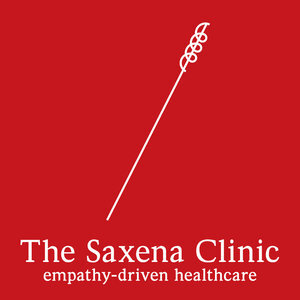On turning an unethical garment into an ethical one

[What I had for breakfast today: an egg fried in coconut oil, jasmine rice, and Adam's pickled mustard greens. Also, Kamal fed me a couple of his grapes, only the ones he thought were "too squishy."]
The tank top I'm wearing here is kind of a model ethical purchase. I bought it recently from Rambler's Way, a company with a robust statement on ethics easily accessed on their website. It's a basic, highly usable piece manufactured with ethical labor methods from sustainable materials harvested from well-treated animals. I wear it all the time. (I would wear the grey one I bought along with it almost as much, except I tragically put it in the dryer and it shrank.)
The red skirt, on the other hand? I don't know where it was made. I don't know who made it, or how they were treated, but based on the price of the skirt--six dollars--I imagine it wasn't produced in the kindest or most sustainable way.
I bought the red skirt maybe twelve or so years ago, before I thought about the impact my purchases could have on other human beings. It hung on a pegboard at a tiny, crowded shop, more of a street stall, in the Garment District in Manhattan, and I passed it on my way to and from work for a week or so.
At the time six dollars wasn't an insignificant amount for me to spend on a skirt, so I gave it a lot of thought before making the purchase. But I wasn't thinking about the people who made the skirt, or the circumstances under which they worked, or the way the materials were sourced. I was thinking about covering my rent and electricity bill and still being able to buy groceries. But I was also looking for a new job, and I needed something I could interview in.
So now, twelve years later, a whole different life later, I am still wearing the skirt. Because I like it, but also because it means I'm not buying another red skirt. Whatever resources went into making this garment, I imagine its creation cost the world more than six dollars, in environmental damage and possibly in human suffering. I know wearing this one skirt forever isn't going to save the world, or make up for the piles of fast fashion I've purchased in my lifetime. But holding on to a garment, instead of treating it like it's disposable, is my way today of showing that I value the resources and the labor that went into it. More importantly, it is my way of manifesting my respect for the people that made this skirt, for their time and effort, and my hopes that their lives are good ones despite the carelessness and thoughtlessness I and so many others have shown them by buying and discarding hundreds, thousands, millions of cheap garments.
As I've written about here before, there are a lot of ways to make sure the clothes you wear are manifestations of the kindness and empathy you want to put into the world. Buy things secondhand, buy things made by companies who make ethics a priority, and buy things that you will wear for a long time and that will thereby help you buy fewer things. If you identify something in your closet that you suspect was not produced ethically, just don't buy another like it. Instead, wear the beejesus out of it, or give it to somebody who will. Don't continue the cycle of consumption and overt waste in the name of profit, of taking for granted all the human lives that are out of your sight, of failing to share equally the resources that belong to everyone on this planet. Sometimes you can make even more of a difference by doing even less.
(Oh, and the lipstick--actually all the makeup!--in the photo is by Honeybee Gardens, which is a makeup company I'm newly devoted to. In addition to their products being cruelty-free, organic and reviewed favorably by the Environmental Working Group, they do this great thing I wish all cosmetic companies did: they sell tiny little samples of their lipsticks, mineral foundation and eyeshadows, enough for a few uses, so you can try a bunch of colors before buying full-size.
For someone like me, who has trouble finding makeup that works with my skin--in general, the cosmetic industry is still working on recognizing the fact that people of color exist--this saves so much money, waste, and angst. I tried six different shades of Honeybee Gardens foundation before finding one I liked. With any other cosmetics company, that would have been I-don't-know-how-many-dollars and at least five bulky plastic compacts and their corresponding powder puffs in the landfill. With Honeybee Gardens, I just picked the one I liked best, threw away some tiny plastic baggies, and was happy. I also tried eight lipsticks and four eyeshadows, saving, again, tons of money and a lot of non-renewable trash. All this cost me like nine dollars, because each sample is FIFTY CENTS. Such a good idea. And their compacts are refillable, and they use recycled materials where possible, and the stuff in their formulas is actually healthy for your skin, so--win win win, all over the place.)

